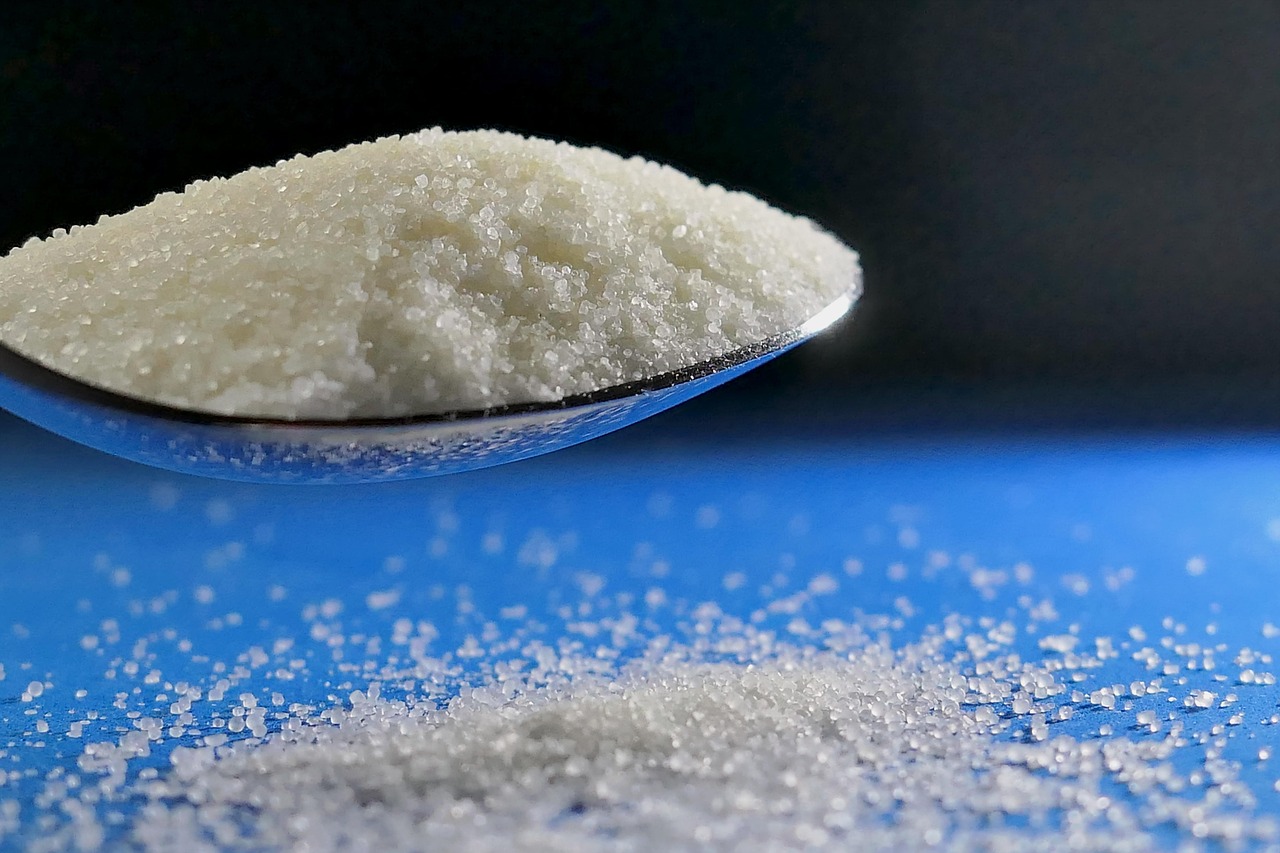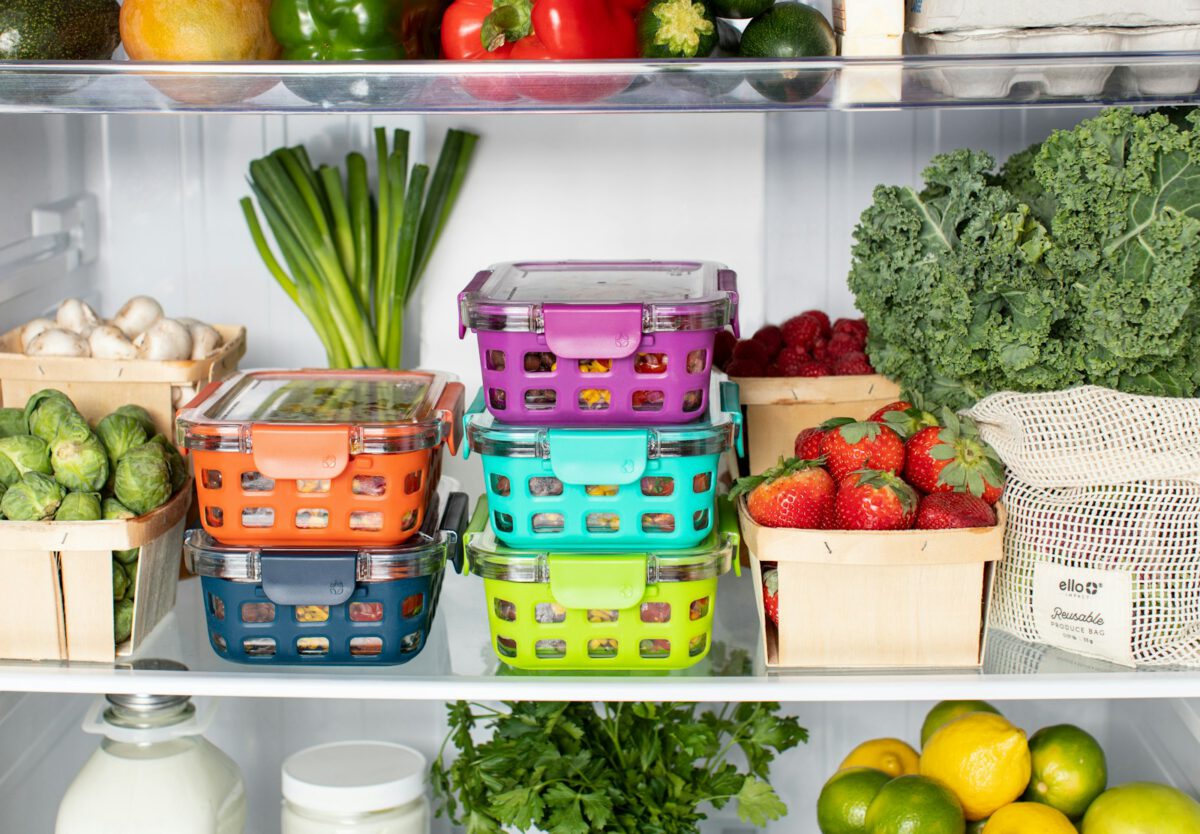This is not super in depth, but thought you ladies might find it interesting. Sodium is in EVERYTHING. From very processed foods to healthy processed foods like canned tomatoes, veggies, and beans. What I do is rinse off the fluid it comes in (except tomatoes). Beans I rinse off 1/2 to 2/3 of the liquid and keep the rest for flavor. This alone will cut down on sodium.
Salt vs Sodium
Sodium: Sodium is a chemical element, represented by the symbol Na. It is a mineral that is essential for human health, playing a role in maintaining fluid balance, nerve function, and muscle contraction.
Salt: Salt is a compound made up of sodium and chlorine atoms, chemically known as sodium chloride. It is a common seasoning used in food.
Key Differences
Composition: Salt is a compound made of sodium and chlorine, while sodium is an element
Function: Sodium is an essential nutrient, while salt is primarily a seasoning.
Health Effects: Excessive sodium intake can contribute to high blood pressure if consumed in large quantities.
The Consumption of Salt/Sodium.
We are consuming in the US on average 3,400 milligrams of sodium per day, and the recommended upper limit is 2,300 milligrams of sodium per day. So, we are 50% over the upper limit amount of sodium.
About 40% of the weight out of your salt shaker would actually be the sodium molecule (rest of the percentage is from other molecules.) So, it’s very easy to get concerned you are having way too much. There’s a difference between salt and the sodium in foods.
The sodium: we are consuming about 50% too much sodium. Where is that extra 50% of sodium coming from?
Most of the excess sodium is coming by way of processed food and/or restaurants and takeout food. Some studies have shown in just one restaurant meal alone you could hit that 2.300 mg per day limit. Other stats, upwards of 70-80% of our sodium intake comes from either processed or restaurant food sources.
The over-the-limit sodium intake is not really coming from your salt shaker. And that is where most people think they need to cut back on salt, not the restaurants or process foods. In reality that’s a small, small fraction.
From the American Heart Association, the top 10 sources of food that contain sodium are:
- Bread, rolls
- Pizza
- Sandwiches
- Cold cuts or deli meats
- Soups
- Burritos and tacos
- Snacks
- Poultry
- Cheese
- Egg dishes
The only one that surprised me on this list was chicken. It did not specify whether if it is precooked chicken like a rotisserie or baked at home. I can see the sodium difference between the two.
Even if you are doing “the whole food thing,” the sodium content can be high. That’s because processed foods, not including packaged snacks and processed foods, but processed foods that are meant to be healthy often are very high in sodium.
For example: cottage cheese. Cottage cheese is high in protein and low in calories. But cottage cheese often has over 300 mg of sodium per serving. Another example is beef jerky. A lot of athletes use this for the protein content. You can get 10 grams of protein from it per every 100 calories. But in that single serving, there are 380 mg of sodium. Soup is another processed food that is extremely high in sodium per serving.
Was talking to a client this morning about sodium. She is learning that there is sodium in what you consider healthy food like canned tomatoes or canned veggies. They all have sodium in them which adds to the dish you are making. When you think about sodium most people don’t count the healthy processed food they used to make their dish.
The best way to assess where your sodium is coming from is by turning the container over and reading the back.
If you are having troubles with your ankles swelling, puffiness, and bloating, it might be worth checking on your sodium intake. It is in everything.

